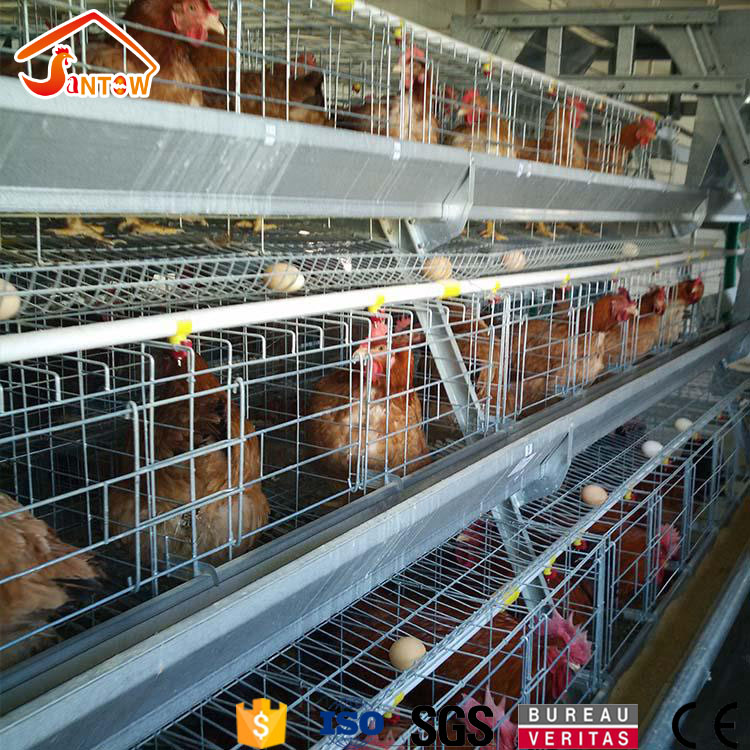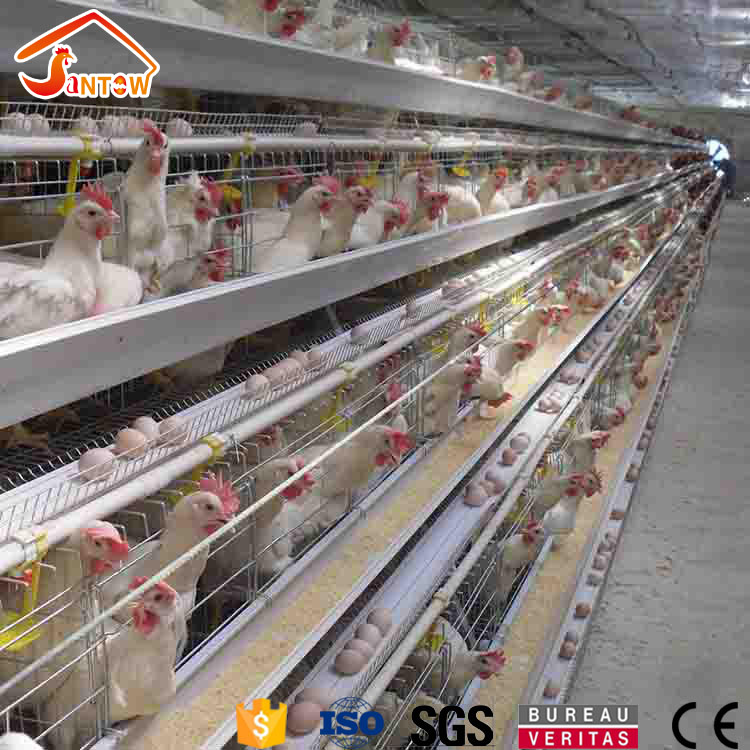

PRODUCT
CONTACT US
ZhengZhou Santow Agro Equipment Co., Ltd
Hotline:+86-371-5598 1030
Fax:+86-371-5598 1030
Phone:+86-187 6889 2838
Mail: sales@santow-agro.com
How to build a good micro-climate of Breeding house in Nepal
Having a clear picture of breeder and its egg production is a basic rule for getting the normal laying of breeders,
instead of losses due to late egg production.
The followings are a measure to avoid late egg production of breeders:
1. Maintain a good growing uniformity of breeder
Prevent the problem of poor growing uniformity, its production value and economic effect will be higher.
Therefore, from the 1st day of age, we should keep a good breeder uniformity. The better the growing
uniformity is, the higher the performance of flocks will be. The goal of growing uniformity control must
be above 85% or higher before 10 weeks.

Also Read: Why Ventilation is important in Chicken Coops
2. Establish a good micro-climate in breeder house
Please maintain a reasonable stocking density, and equipped with adequate feeding equipment; Maintain
good ventilation and strengthen the litter management; Provide high quality full price of feed; and offer
all-round management, and try to reduce stress reaction , to create a good micro-climate environment
for flocks.
3. Strengthen the lighting management
Chicken farm should not only pay attention to the importance for light time, but also focus on the effect
of light intensity. Flocks, responding to light stimulation, will depend on the body weight compliance, and
growing uniformity of the flock, as well as nutritional intake.

Also Read: How to install chicken manure removal machine with Scraper
4. Control breeder’s weight according to the growth
At the end of Four weeks, the body weight should meet or slightly exceed the standard, but should not
below the weight standard. Breeders have a better skeleton development, because the breeder of 9 weeks
old would have 85% of skeleton completely developed.
Before 40 weeks, weighing breeder once a week; after 40 weeks, weighing once every two weeks to know
clearly about the growth of breeders, and make an timely adjustment accordingly.